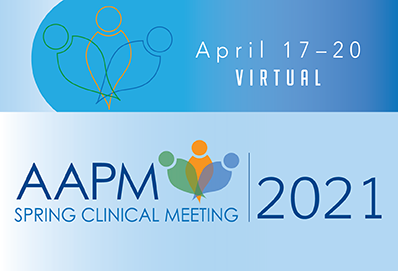Evaluation of Single Isocenter Multiple Lesions SRS Plans Optimized with Different Aperture Shape Controller Setting
Presentations
PO-BPC-Virtual-17 (Saturday, 4/17/2021) [Eastern Time (GMT-4)]
Purpose: In version 15.5, Eclipse TPS from Varian introduced a new option in the PhotonOptimizer (PO) called Aperture Shape Controller (ASC). The ASC can increase the MLC opening area and decrease the MLC modulation complexity. Stereotactic radiosurgery treating multiple brain lesions using a single isocenter plans can be complex due to MLC movement restrictions and fewer degrees of freedom when optimizing. The aim of this study is to evaluate the difference in plan quality using the ASC during optimization.
Methods: Ten previously treated patients planned using Varian Eclipse version 13.6 were identified. All of these patients were treated using a single isocenter technique targeting 2 to 5 lesions. Each of the plans were then re-optimized using PO version 15.6, with the ASC set at none, moderate, and very high, with a total of 30 plans generated. The number of arcs, gantry angles, and collimator rotations were kept the same for each patient. After optimization, each plan is renormalized so that each PTV is achieving V100% greater than 99% of prescription dose. For each set of plans, the difference in MU, gradient measure, conformity index, and theV10Gy of the brain-minus-PTV structure is calculated and compared.
Results: The gradient measure and conformity index were comparable between each set of plans.The MU for the moderate ASC setting plan on average is slightly reduced compared the no ASC plan. The MU for the very high ASC setting plan is slightly higher than the no ASC plan. The brain-minus-PTV V10Gy of the moderate and very high ASC plan increased slightly compared to the no ASC plan.
Conclusion: ASC enabled in optimization can achieve similar conformity and gradient index compared to regular plans. ASC can be an effective tool to decrease the plan MU and the complexity of SRS plans.
Keywords
Treatment Planning, Stereotactic Radiosurgery
Taxonomy
TH- External Beam- Photons: extracranial stereotactic/SBRT
Contact Email



